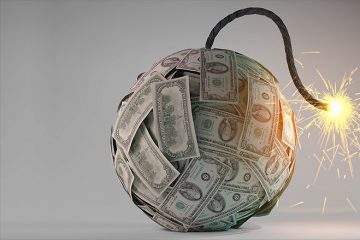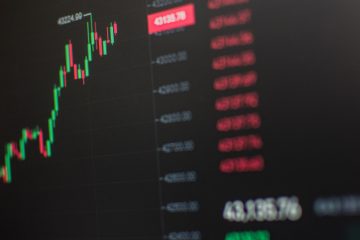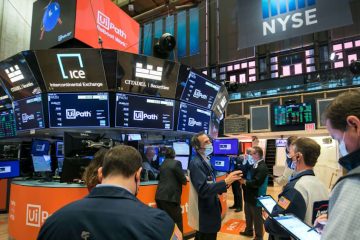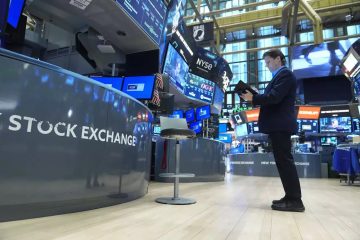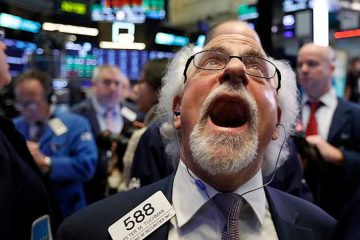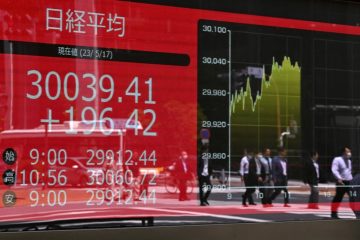Asia : Shares, bonds spooked by central bank risks
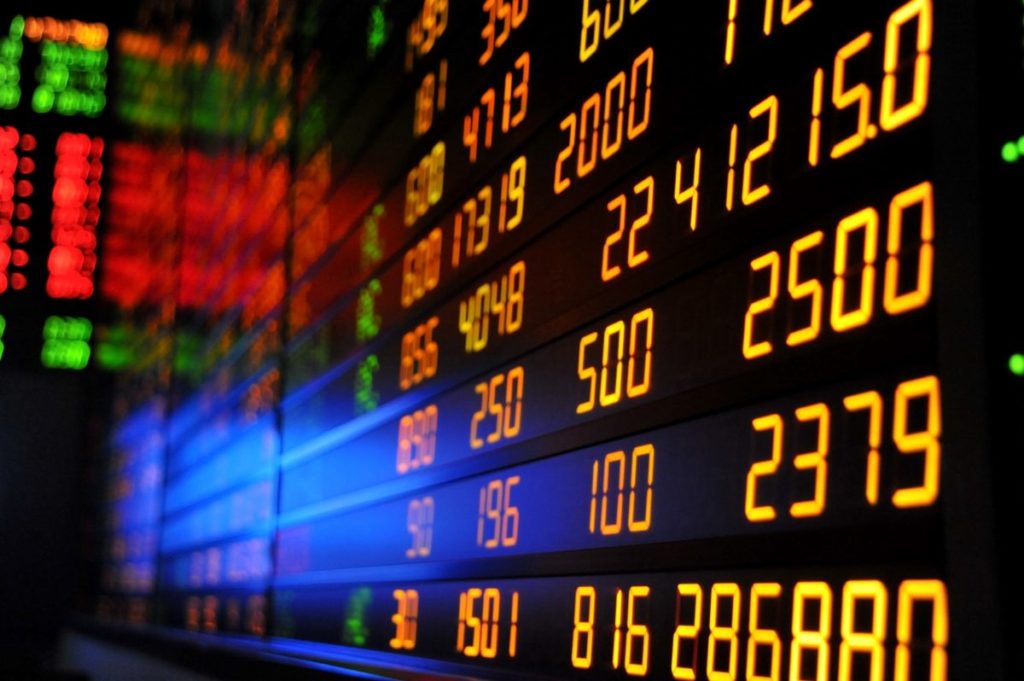
SYDNEY : Asian shares skidded on Monday with investors rattled by rising bond yields and talk the Federal Reserve might be serious about lifting U.S. interest rates as early as next week.
Reports that the Bank of Japan was considering ways to steepen the Japanese yield curve, along with speculation that central banks more generally were running short on fresh stimulus options, also slugged sovereign debt and risk appetite globally.
MSCI’s broadest index of Asia-Pacific shares outside Japan .MIAPJ0000PUS fell 1.9 percent, pulling away from a 13-month peak. It was the largest daily drop since the frenzy caused by Britain’s vote in late June to leave the European Union.
Shanghai followed with a fall of 1.5 percent, while Australian stocks sank 2 percent.
The Nikkei 225 .N225 lost 1.5 percent as the yen firmed due to risk aversion and as a selloff in JGBs sent 10-year yields to the highest since March.
Traders were unsure how the BOJ would try to steepen the yield curve if goes down that path at a policy review later this month, but markets are worried that tapering of its buying in long-dated bonds could be among the options.
At least EMini futures for the S&P 500 ESc1 showed some resilience, with a small dip of 0.2 percent.
Some Fed members have been trying to convince markets that the September meeting would be “live” for a hike, even though futures <0#FF:> only imply a one-in-four chance of a move.
No less than three Fed speakers are on the docket for Monday, including board member and noted dove Lael Brainard. Any hint of hawkishness would likely further pressure bonds and equities.
“The debate on low nominal inflation and low neutral rates versus robust labor markets and elevated asset values continues to rage on in the U.S.,” wrote analysts at ANZ.
“Given the split in views expressed so far, it seems the centralists will have the final say for September. Given what has been said so far it seems like it could go either way so brace for a little more volatility.”
The CBOE Volatility index .VIX closed at its highest level since late June on Friday. The Dow .DJI shed 2.13 percent on Friday, while the S&P 500 .SPX lost 2.45 percent and the Nasdaq .IXIC 2.54 percent.
Super-low yields have made returns on equities seem relatively more attractive in comparison, so any sustained climb in yields would likely weigh on stock valuations.
The yield on benchmark German debt DE10YT=RR, for instance, had turned positive for the first time since July 22 and ended at 0.02 percent, its highest since June 23. Yields on U.S. 10-year and 30-year paper hit 11-week peaks.
SEEKING SAFETY
In the forex market, the sudden bout of risk aversion benefited safe havens such as the yen while hitting carry trades in higher yielding currencies including the Australian dollar.
The Aussie has lost 1.5 percent against the yen in two sessions to stand at 77.21 AUDJPY=, while the Japanese currency was firm on the U.S. dollar at 102.49 JPY=.
The euro was sidelined on the dollar at $ 1.1248 EUR= after weak German trade data dragged it down from $ 1.1271 on Friday. The dollar index .DXY, which tracks it against a basket of six currencies, eased 0.1 percent to 95.225.
Adding to the jittery mood on Monday was news that Democratic candidate Hillary Clinton fell ill at a Sept. 11 memorial ceremony and had been diagnosed with pneumonia.
Markets have generally assumed Clinton would win the presidency and have not truly considered the implications, both economic and for national security, should Donald Trump prevail.
Geopolitical concerns had already been inflamed by North Korea’s fifth and biggest nuclear test, ratcheting up a threat that its rivals and the United Nations have been powerless to contain.
North Korea has completed preparations for another nuclear test, South Korea’s Yonhap News Agency reported on Monday, citing South Korean government sources.
In commodities, oil prices extended Friday’s 4 percent fall in Asia after reports showed increasing oil drilling activity in the United States, indicating that producers can operate profitably around current levels. [O/R]
Brent crude LCOc1 was off 69 cents, or about 1.5 percent, at $ 47.32 a barrel, while U.S. crude CLc1 lost 74 cents to $ 45.14.

